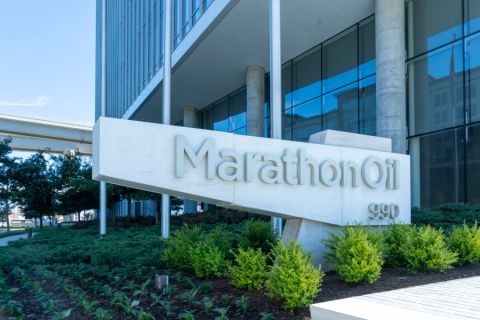At this year’s E&P Editorial Advisory Board meeting, the age-old drilling vs. production debate garnered a few minutes of consideration. The debate is one that I’m hearing more often in this era of collaboration, standardization and innovation.
While the answer is clear as to which came first, the production department is the one that remains behind to ensure operations fl ow smoothly. As one production engineer said in an interview earlier this year, “… the drilling team has the well for 20 days; while we have the well for 20 years.”
Advances in our understanding of chemistry, geology and physics have enabled a tenfold evolution in material sciences, metallurgy and more. The elevation in well optimization has made the notion of developing a field from the pore to processing a reality. However, all of this can come undone by failing to perform the simplest of acts—communication.
Or is it that simple? So much can become lost or misinterpreted in the relaying of critical information. Humans are computers operating on our own system, writing our own internal code as we go along. Is the communication between drilling and production engineers similar to that of an Apple and a PC—incompatible? If so, does that make explorationists the garagebuilt supercomputer that communicates in an enlightened language of its very own?
Bridging the great divide that exists between drilling and production is possible. A benefit of the new collaborative environment we operate in is the earlier involvement by the production team in the well planning process. “We believe in getting in early to help infl uence the design of the well in that it will ultimately result in greater production for the operator,” the production engineer said. An example he provided was the inclusion in the drilling plan for electric submersible pump-friendly zones within the wellbore.
Or maybe it is, as one of our advisers said in the meeting, a difference in key performance indicators (KPIs) for the two groups. Is there a need to standardize KPIs, to create one operating system language that all groups—even exploration—can speak, follow and act on?
Now that you’ve had a glimpse behind the editorial curtain, I’m curious to know your take on the great drilling vs. production debate. What steps other than earlier involvement in the well design process can be made to narrow the divide? What can we do within the covers of E&P to facilitate the discussion?
And on that, I’d like to add that we’re always open to receiving your feedback on ways we can add to or improve upon our completions and production technologies coverage in the magazine. What are some of the challenges you encounter frequently in the laboratory or field? What solutions are you looking for and have yet to find? Would you like to see more or less artificial lift stories? Same question but for other topics, like fl ow assurance, EOR/IOR or water management. Also, what are your thoughts on the Industrial Internet of Things or on Big Data analytics? Are you working on a field-tested new product that will change the way wells are completed or are produced if it could only make the commercialization leap? I look forward to hearing from you—good or bad—via email to jpresley@hartenergy.com. Or if you’re ever in the Houston area, then let me buy you a cup of coffee and let’s swap story ideas.
Recommended Reading
Keeping it Simple: Antero Stays on Profitable Course in 1Q
2024-04-26 - Bucking trend, Antero Resources posted a slight increase in natural gas production as other companies curtailed production.
Oil and Gas Chain Reaction: E&P M&A Begets OFS Consolidation
2024-04-26 - Record-breaking E&P consolidation is rippling into oilfield services, with much more M&A on the way.
Exxon Mobil, Chevron See Profits Fall in 1Q Earnings
2024-04-26 - Chevron and Exxon Mobil are feeling the pinch of weak energy prices, particularly natural gas, and fuels margins that have cooled in the last year.
Marathon Oil Declares 1Q Dividend
2024-04-26 - Marathon Oil’s first quarter 2024 dividend is payable on June 10.
Talos Energy Expands Leadership Team After $1.29B QuarterNorth Deal
2024-04-25 - Talos Energy President and CEO Tim Duncan said the company has expanded its leadership team as the company integrates its QuarterNorth Energy acquisition.




